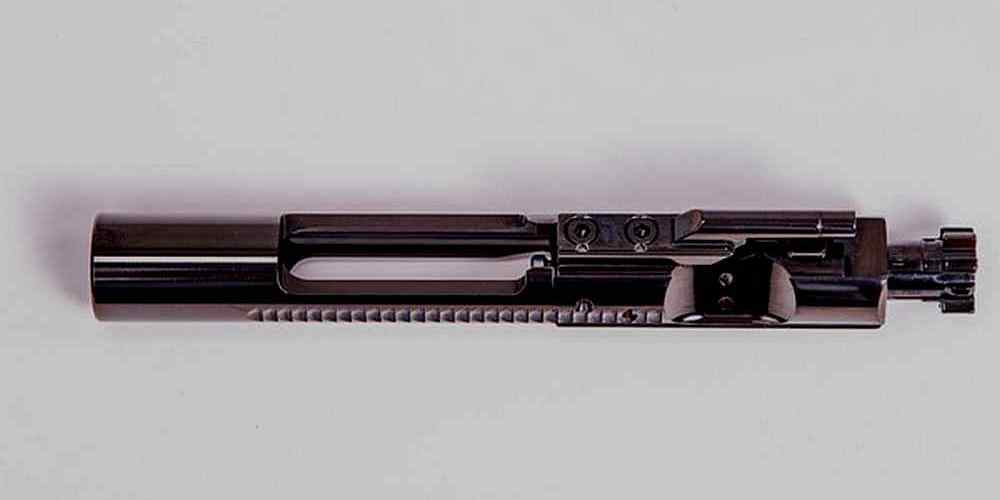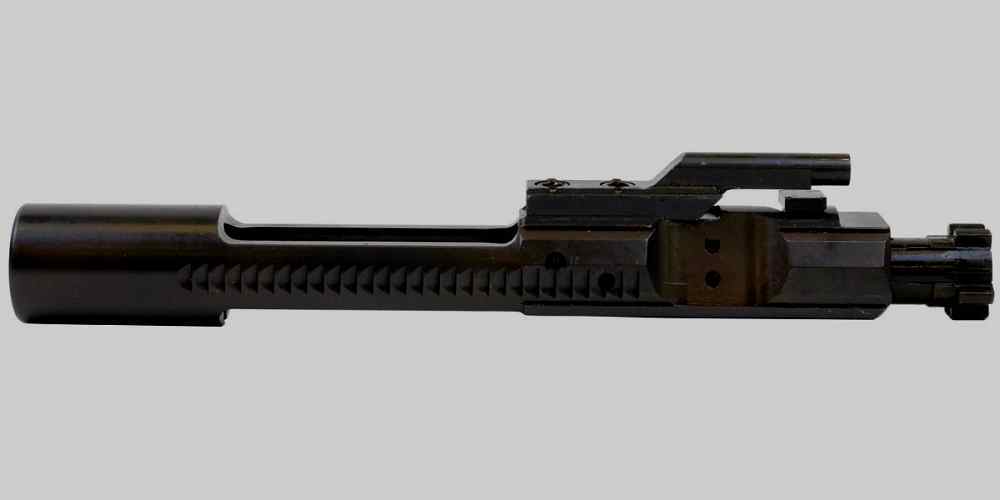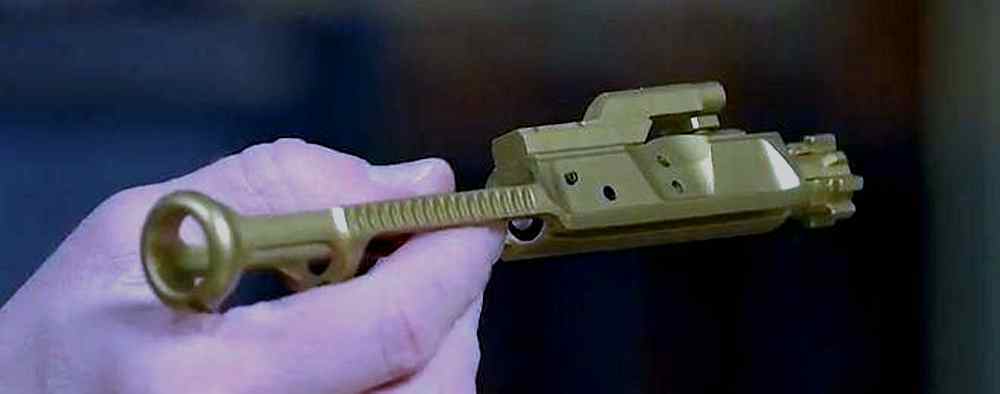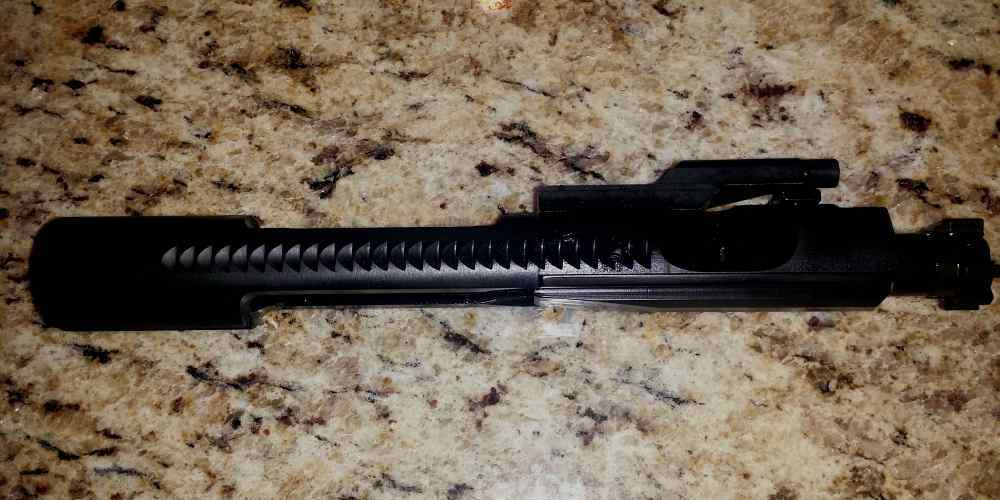“Unlock your AR15’s full potential with the perfect BCG selection.”
Benefits of Using a High-Quality Bolt Carrier Group
Building a competition-grade AR15 requires careful consideration of each component to ensure optimal performance. One crucial element to focus on is the bolt carrier group (BCG), which plays a significant role in the rifle’s reliability and accuracy. Selecting the right BCG can make a world of difference in how your AR15 functions on the range or in competition.
When it comes to choosing a BCG for your AR15, quality should be your top priority. A high-quality BCG will be made from durable materials, such as steel or titanium, and will be precision-machined to ensure smooth operation. Investing in a top-notch BCG may cost more upfront, but the benefits far outweigh the price tag.
One of the primary benefits of using a high-quality BCG is increased reliability. A well-made BCG will cycle smoothly and consistently, reducing the chances of malfunctions or failures. This is especially important in competition shooting, where every second counts. A reliable BCG can give you the confidence to push your AR15 to its limits without worrying about jams or misfeeds.
In addition to reliability, a high-quality BCG can also improve the accuracy of your AR15. A precision-machined BCG will ensure that the bolt locks into battery consistently, leading to more consistent shot placement. This can be crucial in competition shooting, where even the smallest deviation can mean the difference between hitting the target or missing it entirely.
Another benefit of using a high-quality BCG is longevity. A well-made BCG will withstand thousands of rounds of ammunition without showing signs of wear or fatigue. This means that you can rely on your BCG to perform consistently over time, without needing frequent replacements or repairs. Investing in a durable BCG can save you money in the long run by avoiding costly repairs or replacements.
When selecting a BCG for your competition-grade AR15, there are a few key factors to consider. First and foremost, look for a BCG that is made from high-quality materials, such as steel or titanium. These materials are known for their durability and longevity, making them ideal for competition shooting.
Next, pay attention to the design and construction of the BCG. Look for a BCG that is precision-machined to ensure smooth operation and consistent performance. A well-made BCG will have tight tolerances and smooth surfaces, reducing friction and wear over time.
Finally, consider the weight of the BCG. A lighter BCG can help reduce recoil and improve handling, making it easier to stay on target during rapid fire. However, be careful not to sacrifice durability for weight savings. It’s essential to find a balance between weight and durability to ensure optimal performance.
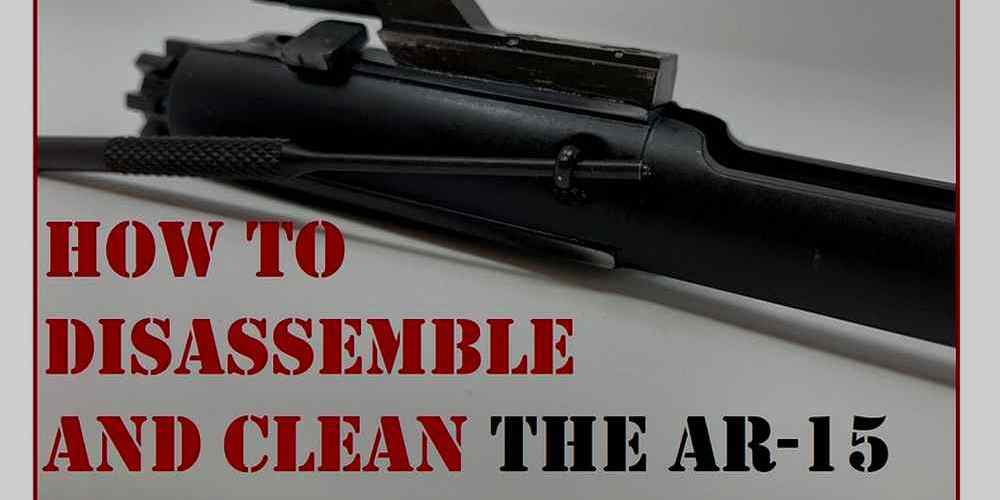
In conclusion, selecting the right BCG is crucial when building a competition-grade AR15. A high-quality BCG can improve reliability, accuracy, and longevity, giving you the edge you need to succeed in competition shooting. By investing in a top-notch BCG, you can ensure that your AR15 performs at its best when it matters most.
Factors to Consider When Choosing a Bolt Carrier Group
Building a competition-grade AR15 requires careful consideration of each component to ensure optimal performance. One crucial component to consider is the bolt carrier group (BCG), which plays a significant role in the rifle’s reliability and accuracy. When selecting the right BCG for your AR15, there are several factors to consider to ensure you get the best performance out of your rifle.
One of the first factors to consider when choosing a BCG is the material it is made from. BCGs are typically made from either 8620 steel or 9310 steel, with 9310 steel being the stronger and more durable option. While 8620 steel is a more budget-friendly option, 9310 steel is preferred for competition-grade rifles due to its superior strength and durability.
Another important factor to consider is the coating on the BCG. A high-quality coating can help reduce friction, improve reliability, and increase the lifespan of the BCG. Some popular coatings include nickel boron, nitride, and chrome. Nickel boron coatings are known for their smooth finish and self-lubricating properties, while nitride coatings offer excellent corrosion resistance. Chrome coatings are also popular for their durability and ease of cleaning.
Weight is another crucial factor to consider when choosing a BCG for your competition-grade AR15. A lighter BCG can help reduce recoil and improve the rifle’s overall handling, making it easier to stay on target during rapid fire. However, it’s essential to strike a balance between weight and durability, as a BCG that is too light may sacrifice reliability.
The design of the BCG is also an important consideration. Full-auto BCGs are designed to work with rifles that have a full-auto or burst-fire capability, while semi-auto BCGs are designed for rifles that only fire in semi-automatic mode. For competition-grade rifles, a semi-auto BCG is typically sufficient, as full-auto capabilities are not necessary and may add unnecessary weight to the rifle.
When selecting a BCG for your AR15, it’s essential to consider the manufacturer’s reputation and track record. Choose a reputable manufacturer known for producing high-quality BCGs that are reliable and durable. Reading reviews and seeking recommendations from fellow shooters can help you make an informed decision.
In conclusion, selecting the right BCG is crucial when building a competition-grade AR15. Consider factors such as material, coating, weight, design, and manufacturer reputation to ensure you get the best performance out of your rifle. By taking the time to research and choose the right BCG for your AR15, you can build a rifle that is reliable, accurate, and optimized for competition shooting.
How Different Coatings Affect BCG Performance
When it comes to building a competition-grade AR15, every component plays a crucial role in the overall performance of the rifle. One of the most important components to consider is the Bolt Carrier Group (BCG). The BCG is responsible for cycling the rifle and ensuring smooth and reliable operation. There are many factors to consider when selecting the right BCG for your AR15, including the type of coating used on the BCG.
Different coatings can have a significant impact on the performance of the BCG. One of the most common coatings used on BCGs is phosphate. Phosphate coating provides excellent corrosion resistance and durability, making it a popular choice for many shooters. However, phosphate coatings can be rougher than other coatings, which can lead to increased friction and wear on the BCG components. This can affect the overall performance and reliability of the rifle, especially in high-stress competition situations.
Another popular coating option for BCGs is nickel boron. Nickel boron coatings offer excellent lubricity and corrosion resistance, making them a great choice for shooters looking for a low-maintenance BCG. Nickel boron coatings also provide a smooth surface that reduces friction and wear on the BCG components, resulting in improved reliability and performance. However, nickel boron coatings can be more expensive than phosphate coatings, which may be a consideration for budget-conscious shooters.
One of the newest coating options for BCGs is DLC (Diamond-Like Carbon). DLC coatings offer excellent hardness and wear resistance, making them a great choice for shooters looking for a durable and long-lasting BCG. DLC coatings also provide a smooth surface that reduces friction and wear on the BCG components, resulting in improved reliability and performance. However, DLC coatings can be more expensive than other coating options, which may be a consideration for some shooters.
When selecting the right BCG coating for your competition-grade AR15, it’s important to consider your specific needs and preferences. If you prioritize durability and corrosion resistance, a phosphate coating may be the best choice for you. If you value smooth operation and low maintenance, a nickel boron coating may be the way to go. If you want the ultimate in hardness and wear resistance, a DLC coating may be the best option for your AR15.
Ultimately, the right BCG coating for your competition-grade AR15 will depend on your individual preferences and shooting style. It’s important to do your research and consider all of the factors before making a decision. By selecting the right BCG coating, you can ensure that your AR15 performs at its best and gives you a competitive edge on the range.
Best Practices for Maintaining Your BCG
When it comes to building a competition-grade AR15, selecting the right Bolt Carrier Group (BCG) is crucial. The BCG is the heart of the AR15, responsible for cycling rounds, extracting spent casings, and loading new ones. It is essential to choose a high-quality BCG that will ensure reliable performance and longevity.
One of the best practices for maintaining your BCG is regular cleaning and lubrication. After each use, it is important to disassemble the BCG and clean all the components thoroughly. Use a solvent to remove carbon buildup and debris, then dry the parts completely before applying a light coat of lubricant. This will help prevent corrosion and ensure smooth operation.
Another important aspect of BCG maintenance is inspecting for wear and damage. Check the gas key, firing pin, and extractor for any signs of wear or deformation. Replace any worn or damaged parts immediately to prevent malfunctions and ensure the reliability of your AR15.
Properly staking the gas key is also essential for maintaining your BCG. The gas key is responsible for directing gas from the barrel to cycle the action, so it must be securely attached to the BCG. Use a proper staking tool to ensure that the gas key is properly staked and will not come loose during use.
In addition to regular cleaning and inspection, it is important to use high-quality ammunition in your AR15. Low-quality or reloaded ammunition can cause excessive fouling and wear on your BCG, leading to malfunctions and reduced reliability. Invest in quality ammunition to ensure the longevity and performance of your AR15.
Proper storage is another key aspect of BCG maintenance. Store your AR15 in a cool, dry place to prevent corrosion and rust. Use a gun safe or case to protect your AR15 from dust, moisture, and other environmental factors that can damage your BCG.
Regularly test fire your AR15 to ensure that it is functioning properly. This will help you identify any potential issues with your BCG before they become serious problems. If you notice any malfunctions or inconsistencies, disassemble your BCG and inspect it for wear or damage.
In conclusion, maintaining your BCG is essential for ensuring the reliability and performance of your competition-grade AR15. By following these best practices, you can keep your BCG in top condition and enjoy years of reliable shooting. Regular cleaning, inspection, proper staking, high-quality ammunition, proper storage, and regular testing are all key aspects of BCG maintenance. Invest the time and effort into maintaining your BCG, and you will be rewarded with a reliable and high-performing AR15 for years to come.
Upgrading Your AR15 with a Competition-Grade BCG
Building a competition-grade AR15 requires careful consideration of each component to ensure optimal performance on the range. One crucial element to focus on is the bolt carrier group (BCG), which plays a significant role in the rifle’s reliability and accuracy. Selecting the right BCG can make a world of difference in how your AR15 performs during competitions.
When it comes to choosing a competition-grade BCG, there are several factors to keep in mind. One of the most important considerations is the material used in the construction of the BCG. High-quality BCGs are typically made from materials such as 8620 steel, 9310 steel, or Carpenter 158 steel. These materials are known for their durability and ability to withstand high levels of stress and heat, making them ideal for competition use.
Another key factor to consider when selecting a competition-grade BCG is the coating applied to the surface. A high-quality coating can help reduce friction, improve reliability, and increase the overall lifespan of the BCG. Some popular coatings used on competition-grade BCGs include nickel boron, nitride, and chrome. Each of these coatings offers unique benefits, so it’s essential to choose one that aligns with your specific needs and preferences.
In addition to material and coating, the weight of the BCG can also impact the performance of your AR15. A lighter BCG can help reduce recoil and improve cycling speed, which can be beneficial in competition shooting. However, it’s essential to strike a balance between weight and durability to ensure that your BCG can withstand the rigors of competition use.
When selecting a competition-grade BCG, it’s also crucial to consider the design and features of the BCG. Look for BCGs that have been specifically engineered for competition use, with features such as enhanced gas rings, improved extractor springs, and optimized bolt geometry. These features can help improve reliability, reduce malfunctions, and enhance overall performance on the range.
Ultimately, the right BCG for your competition-grade AR15 will depend on your specific needs and preferences as a shooter. Take the time to research different options, read reviews, and consult with experts to find the BCG that best suits your shooting style and competition goals. Investing in a high-quality BCG can make a significant difference in how your AR15 performs during competitions, so choose wisely.
In conclusion, selecting the right BCG is a crucial step in building a competition-grade AR15. Consider factors such as material, coating, weight, design, and features when choosing a BCG for your rifle. By investing in a high-quality BCG that aligns with your specific needs and preferences, you can enhance the reliability, accuracy, and overall performance of your AR15 on the range. Take the time to research and choose wisely to ensure that your competition-grade AR15 is equipped for success.





